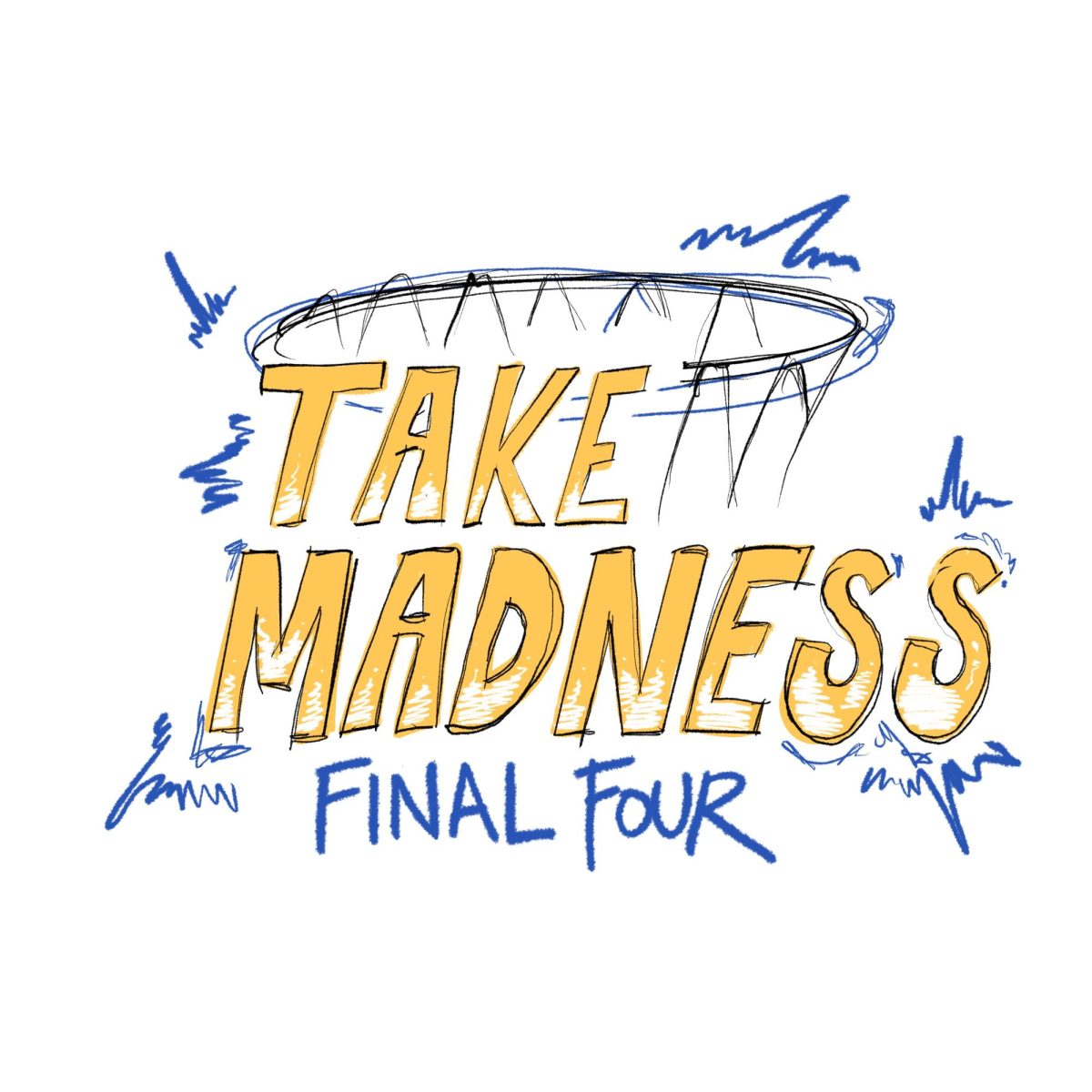Associated Artists of Pittsburgh celebrates its 100th annual exhibition
August 31, 2010
Associated Artists of Pittsburgh 100th Annual Exhibition
Now through… Associated Artists of Pittsburgh 100th Annual Exhibition
Now through Sept. 19
Heinz Galleries at the Carnegie Museum of Art
Admission free for students
When Bud Gibbons, a painter and professor at Penn State, New Kensington, heard the Associated Artists of Pittsburgh was approaching its 100th annual exhibition, he knew just the painting to commemorate the occasion.
“I was making an image that had no relevance at all to the year 2010,” Gibbons recalled. “I thought, ‘That should have been made in 1910.’”
The painting, “Allegory of Time,” a tranquil composition of three cows standing in their reflections in a pond, is the perfect tribute to a regional show that has stayed strong since the Taft administration.
The AAP, an artist-run nonprofit that represents artists within a 150-mile radius of the city, employs different jurors each exhibition to select artwork from an overwhelmingly abundant pool of applicants. This year, jurors Donald Miller and Al Miner chose as many striking modern experiments as they did familiar paint-on-canvas renderings.
For a jarring example of the former, visitors entering from the Scaife stairs can direct their attention to the far wall on the left, where Mary Mazziotti’s eight-panel embroidery “The Rake’s Progress” rests. A re-imagining of the 18th-century William Hogarth series of etchings by the same name, the piece follows a character, Tom, through wealth (“Tom Gets A Fortune”), depravity (“Tom Goes To An Orgy”) and, finally, lunacy (“Tom Goes Mad”).
“What [Tom’s] facing, in madness … is really his own moral death,” Mazziotti said.
Death is a subject as central to Mazziotti’s work as New Jersey is to Springsteen’s — she draws inspiration from the maxim “memento mori,” which translates to “be mindful of death.” Rather than being a lugubrious ordeal, however, much of Mazziotti’s work — including “The Rake’s Progress” — is actually quite humorous. Mazziotti considers this approach a welcome alternative to the usual seriousness surrounding the subject.
“That’s too easy,” she said of somber morbidity. “That’s what people think of when they think of death. It’s too easy to show the skull and crossbones. I was trying to find a way to make [artwork about death] more contemporary.”
While Mazziotti is fascinated by our inevitable demise, she hopes her work continues to live and breathe.
“I hope that the work grows a bit — I hope that it stays contemporary,” Mazziotti said, citing graphic novels as a source of her inspirations.
Move further into the exhibit, past an “advertisement” for alcohol featuring a leering donkey (“Jack Ass Juice” by Ben Matthews) and a jigsaw collage of Pittsburgh (“City Without Art” by Dirk Vandenberg), and you’ll soon discover a fusion of craft and technology, appropriately titled “Universe Expanding.” The brainchild of AAP veteran Jane Haskell, the piece is a computer-generated image of stars against blackness.
“I’ve always been interested in astrophysics, astronomy and so forth, although I have no background in the sciences,” Haskell said. “This has kind of been an ongoing thing for me.”
Haskell, who has been exhibiting with the AAP since 1956, has managed again and again to reinvent her work. Her repertoire encompasses neon —her neon sculpture “The Tree of Knowledge” still presides above the Schenley Café in the William Pitt Union — painting, sculpture and photography. Haskell said she prefers the latter three to the former.
“Even with my work in [Adobe] Illustrator on the computer, there’s an imaginative quality that I don’t feel I get from printing or altering a photograph,” Haskell said. “It’s more fun to do hands-on work.”
In this exhibit, Haskell’s more technology-savvy artwork stands side by side with traditionalism.
Journey past a sculpture of a rabbit’s head wedged onto a dinosaur foot (“Jack’s Rabbit” by John A. Mayer) and you’ll discover, near the exit, Bud Gibbons’ aforementioned oil painting, “Allegory of Time.” Gibbons, who grew up in Maryland and has traveled around the world, said the outdoors is where a combination of elements coalesce into a perfect painting scene.
“I want to call it a harmony, but sometimes it’s a dissonance,” he said of the feeling he gets upon encountering such scenes.
Gibbons said his work is as much a dialogue with other artists as it is with nature.
“I can’t do a painting without bumping into art history,” Gibbons said. “We’re compelled by our nature, probably, to make these things.”
To Gibbons, this impetus knows no single demographic.
“Whether you know anything about art history or not, whether you’ve been trained in art or not, some people are somehow living metaphor responses to their life, to their experience with reality,” he said.
Much has changed in the 100 years since the AAP’s first exhibition — in culture and in art — but the compulsion to create remains omnipresent. Whether in 1910 or 2010, art continues to blossom in the Pittsburgh region — forever evolving and forever the same.


